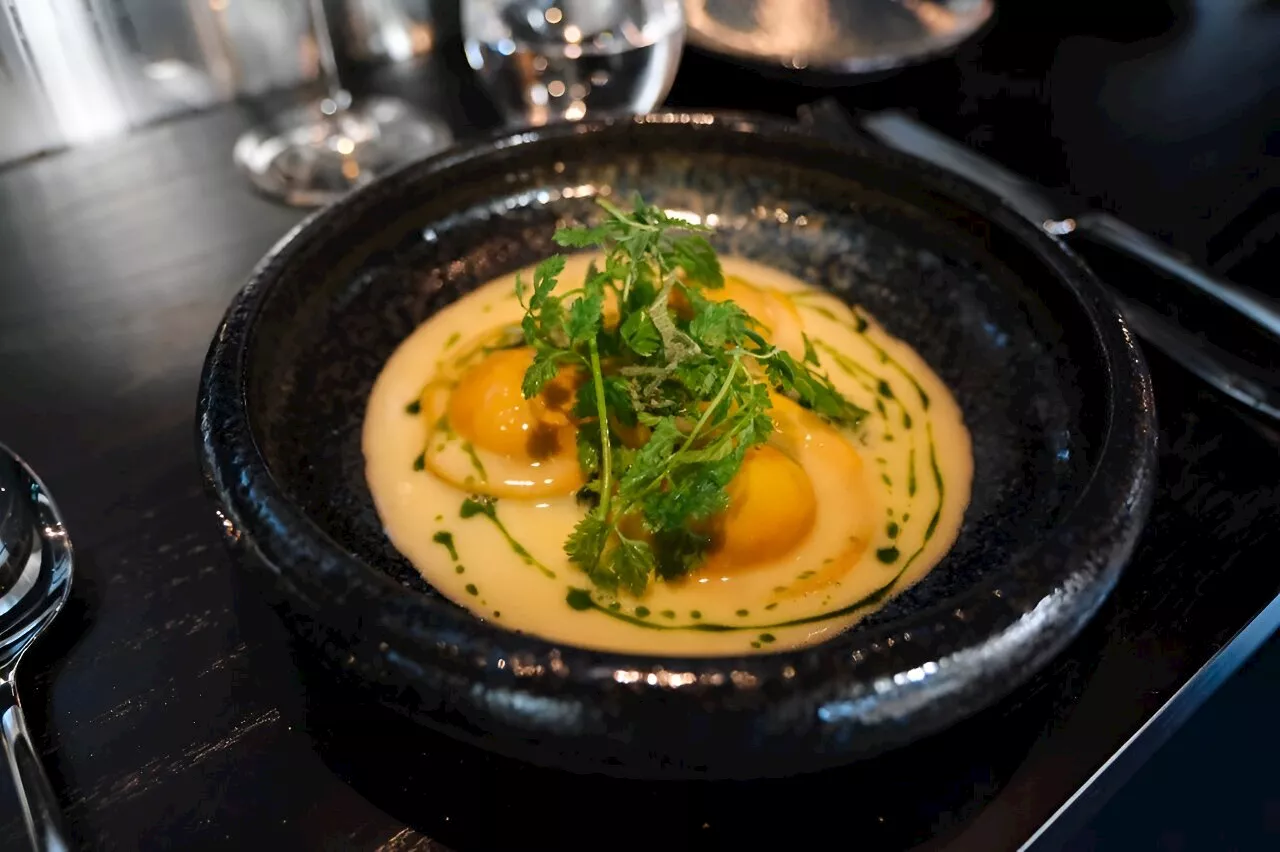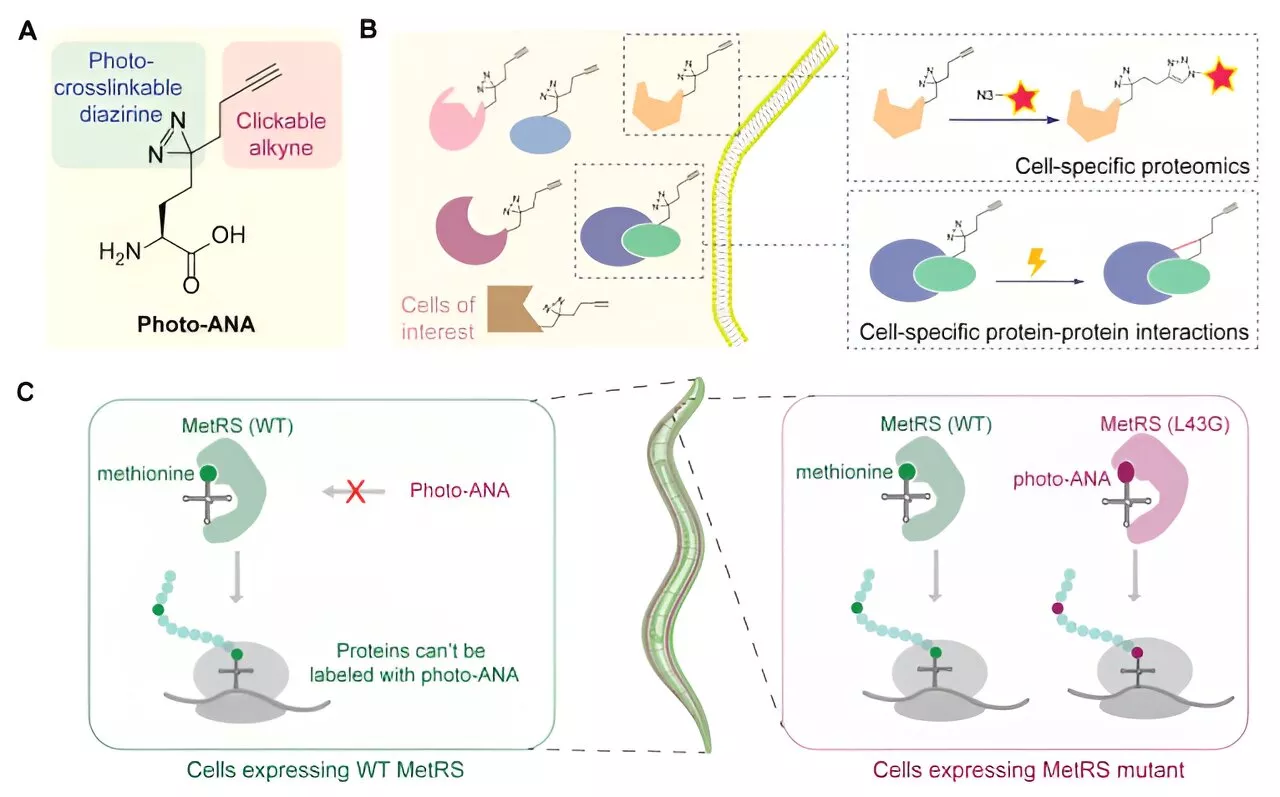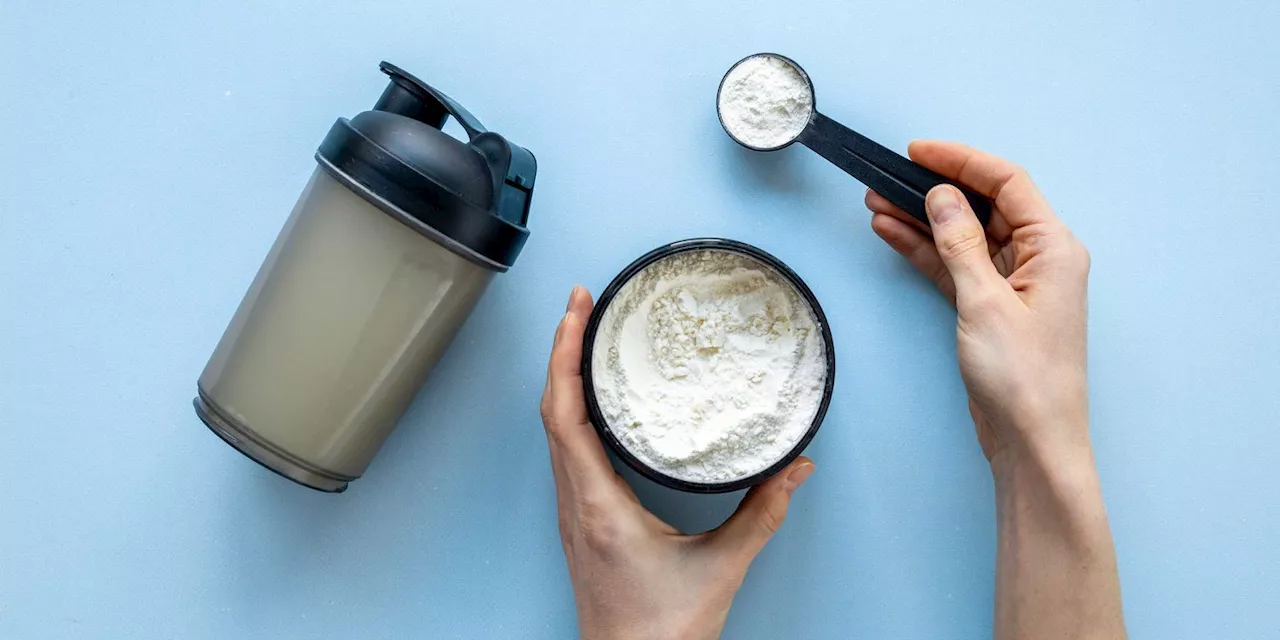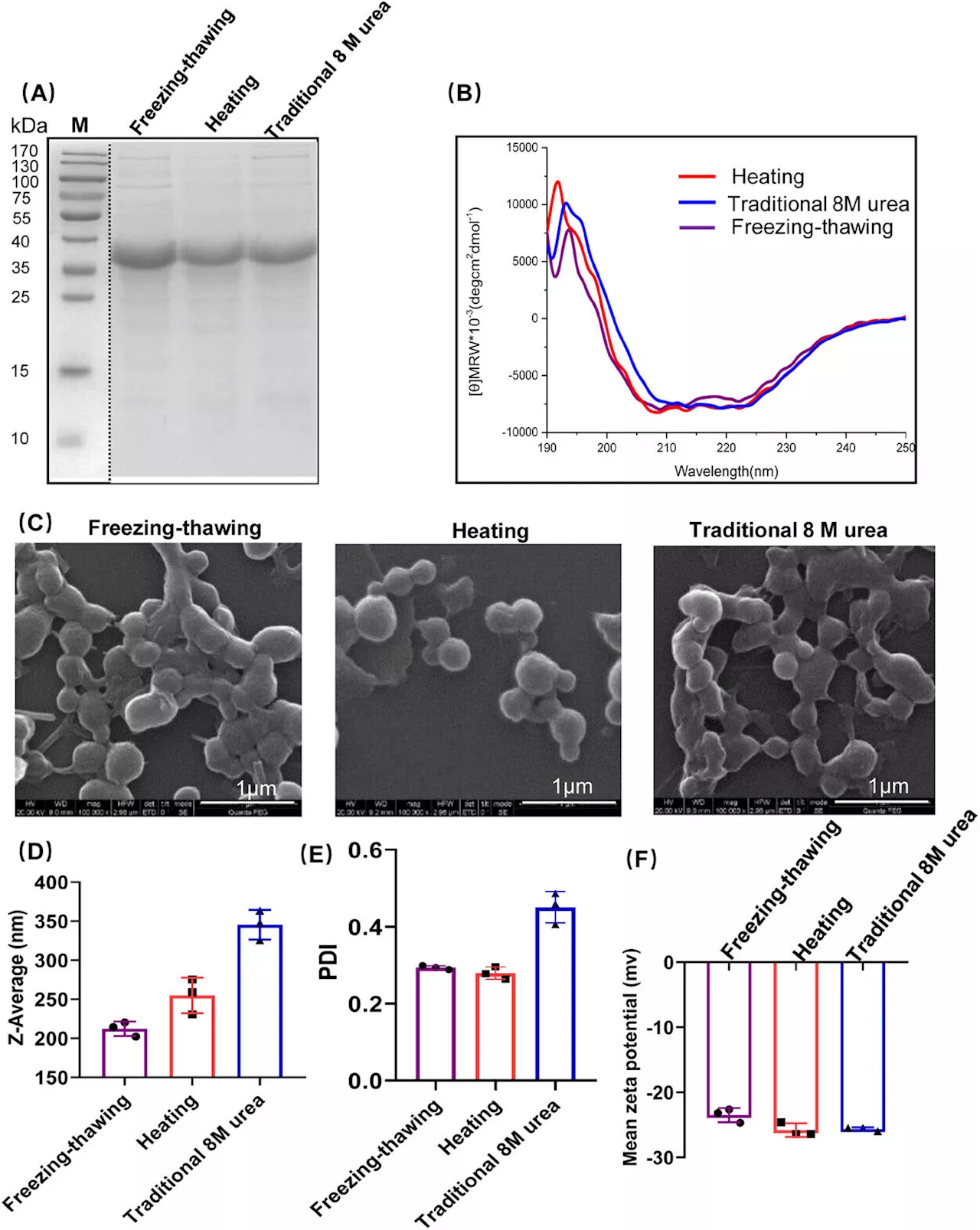In a study published in the journal MedComm, researchers have developed an efficient protein delivery carrier based on spider silk proteins (spidroins), derived from Araneus ventricosus minor ampullate silk protein (MiSp).
An efficient protein delivery system with spider minor ampullate silk protein nanoparticles retrieved 20 June 2024 from https://phys.org/news/2024-06-efficient-protein-delivery-spider-minor.html
This document is subject to copyright. Apart from any fair dealing for the purpose of private study or research, no part may be reproduced without the written permission. The content is provided for information purposes only.Jun 19, 2024 Use this form if you have come across a typo, inaccuracy or would like to send an edit request for the content on this page. For general inquiries, please use ourThank you for taking time to provide your feedback to the editors.
Your feedback is important to us. However, we do not guarantee individual replies due to the high volume of messages.to let the recipient know who sent the email. Neither your address nor the recipient's address will be used for any other purpose. The information you enter will appear in your e-mail message and is not retained by Phys.org in any form.Get weekly and/or daily updates delivered to your inbox.
Physics News Science News Technology News Physics Materials Nanotech Technology Science
United States Latest News, United States Headlines
Similar News:You can also read news stories similar to this one that we have collected from other news sources.
 How Much Protein Should I Eat? An Expert Weighs InHere's everything you need to know about how much protein to eat per day, including protein-intake recommendations depending on your activity level.
How Much Protein Should I Eat? An Expert Weighs InHere's everything you need to know about how much protein to eat per day, including protein-intake recommendations depending on your activity level.
Read more »
 9 Fruits That Can Help You Hit Your Protein GoalsMost fruits are low in protein, but some contain a decent amount of this essential nutrient. High-protein fruits include guava, avocado, and jackfruit.
9 Fruits That Can Help You Hit Your Protein GoalsMost fruits are low in protein, but some contain a decent amount of this essential nutrient. High-protein fruits include guava, avocado, and jackfruit.
Read more »
 Finland's wizards making food out of thin airAt a factory in Finland, the 'farmers of the future' are making a new food protein by feeding a microbe air and electricity, proving that protein can be produced without traditional agriculture.
Finland's wizards making food out of thin airAt a factory in Finland, the 'farmers of the future' are making a new food protein by feeding a microbe air and electricity, proving that protein can be produced without traditional agriculture.
Read more »
 Scientists develop novel approach to interrogate tissue-specific protein–protein interactionsMulticellular organisms, like animals and plants, have complex cells with diverse functions. This complexity arises from the need for cells to produce distinct proteins that interact with each other. This interaction is crucial for cells to carry out their specific tasks and to form complex molecular machinery.
Scientists develop novel approach to interrogate tissue-specific protein–protein interactionsMulticellular organisms, like animals and plants, have complex cells with diverse functions. This complexity arises from the need for cells to produce distinct proteins that interact with each other. This interaction is crucial for cells to carry out their specific tasks and to form complex molecular machinery.
Read more »
 Novel approach to interrogate tissue-specific protein-protein interactionsMulticellular organisms, like animals and plants, have complex cells with diverse functions. This complexity arises from the need for cells to produce distinct proteins that interact with each other. This interaction is crucial for cells to carry out their specific tasks and to form complex molecular machinery.
Novel approach to interrogate tissue-specific protein-protein interactionsMulticellular organisms, like animals and plants, have complex cells with diverse functions. This complexity arises from the need for cells to produce distinct proteins that interact with each other. This interaction is crucial for cells to carry out their specific tasks and to form complex molecular machinery.
Read more »
 Which is Best: Whey Protein vs. Pea Protein?Deciding which protein powder to purchase can be tricky. When it comes to whey protein vs. pea protein, there are various pros and cons to consider for each. Learn what registered dietitians have to say about these protein-packed supplements.
Which is Best: Whey Protein vs. Pea Protein?Deciding which protein powder to purchase can be tricky. When it comes to whey protein vs. pea protein, there are various pros and cons to consider for each. Learn what registered dietitians have to say about these protein-packed supplements.
Read more »
